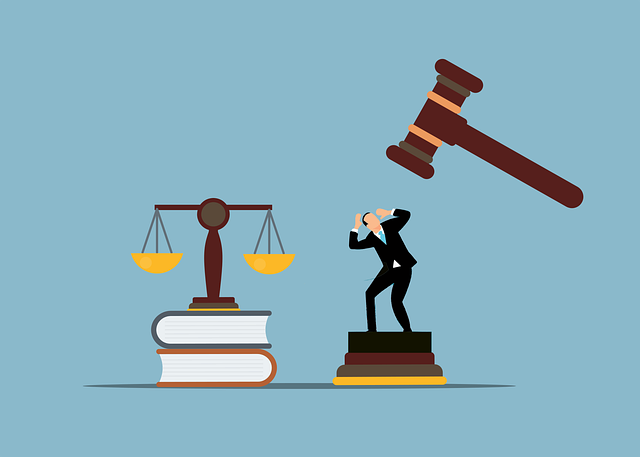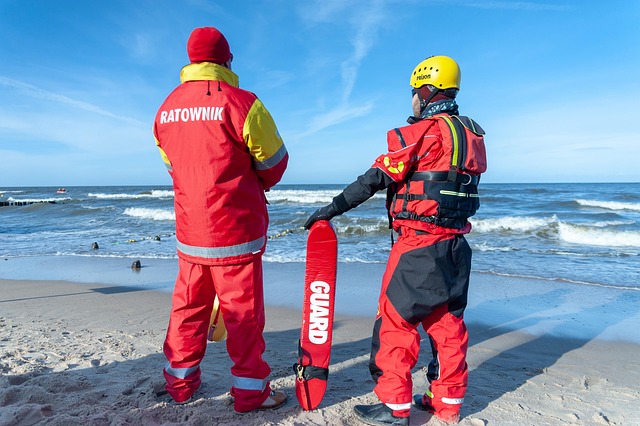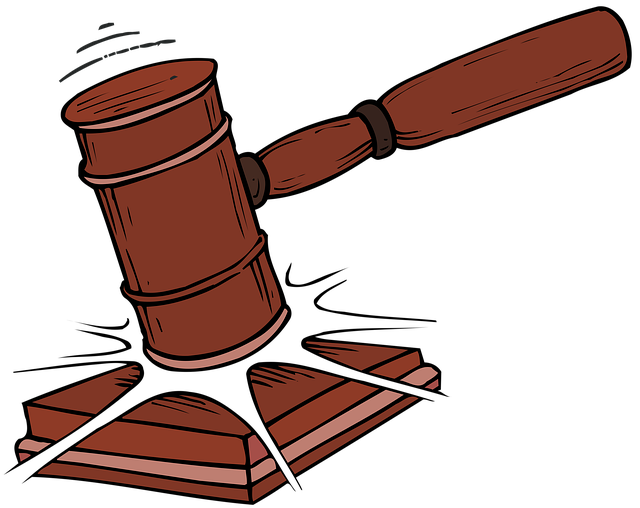Uncooperative witnesses can hinder legal processes, especially in personal injury cases. This article guides you through the steps of subpoenaing an unwilling accident witness to ensure their vital testimony is obtained. We’ll cover identifying and locating witnesses, crafting legally binding subpoenas, and ensuring compliance with proper documentation. Understanding these procedures is crucial for securing accurate accident witness testimony, a key element in many legal disputes.
- Identifying and Locating the Witness
- Crafting a Legal Subpoena
- Ensuring Compliance and Documenting Testimony
Identifying and Locating the Witness

Identifying and locating an accident witness is a crucial step in securing vital evidence for any legal case, especially when dealing with sensitive matters such as elder abuse or caregiver negligence that may lead to wrongful death claims. Start by gathering all available information from the scene of the incident. This includes collecting contact details of passersby, drivers, or anyone who might have witnessed the accident. Even a single piece of identifying information can be invaluable.
Utilize public records and social media platforms to track down potential witnesses. In today’s digital era, many individuals actively share their experiences on various online forums and social networking sites. Cross-referencing these sources with traditional methods of identification can significantly narrow down your search. Remember, every piece of information, no matter how seemingly insignificant, could be a crucial link in reconstructing the sequence of events for accurate accident witness testimony.
Crafting a Legal Subpoena

Crafting a legal subpoena is a precise process that requires meticulous attention to detail. To compel an uncooperative accident witness to provide testimony, the subpoena must be clear, specific, and legally sound. It should include essential information such as the name of the witness, the relevant date and location of the accident, and a concise description of the matters about which their testimony is sought. This ensures that both the witness and the court understand the scope and purpose of the subpoena.
The document must also be served in accordance with the applicable laws and rules, typically through certified mail or personal delivery. Accident attorneys should ensure that clients recovering from commercial disputes are aware of their rights and obligations regarding subpoenas. By following these procedures, legal teams can effectively secure the accident witness testimony necessary to strengthen their case.
Ensuring Compliance and Documenting Testimony

Ensuring compliance with legal procedures is paramount when seeking accident witness testimony. Once a subpoena has been served, the witness has a legal obligation to appear and provide their statement. However, uncooperative witnesses may attempt to avoid testifying, either through defiance or complicating factors like partnership disagreements or personal commitments. In such cases, persistent yet respectful communication with the witness is key. A personal injury attorney can guide this process, ensuring every step adheres to legal protocols.
Documenting testimony is another critical aspect. Every detail matters in an accident reconstruction, and a skilled attorney will employ various methods to capture and preserve this evidence. From meticulous note-taking during interviews to video recordings of depositions, the goal is to create an irrefutable record of the witness’s account. This documentation becomes invaluable in any legal proceedings related to product liability or personal injury claims, where the accuracy and reliability of accident witness testimony can significantly sway the outcome.






